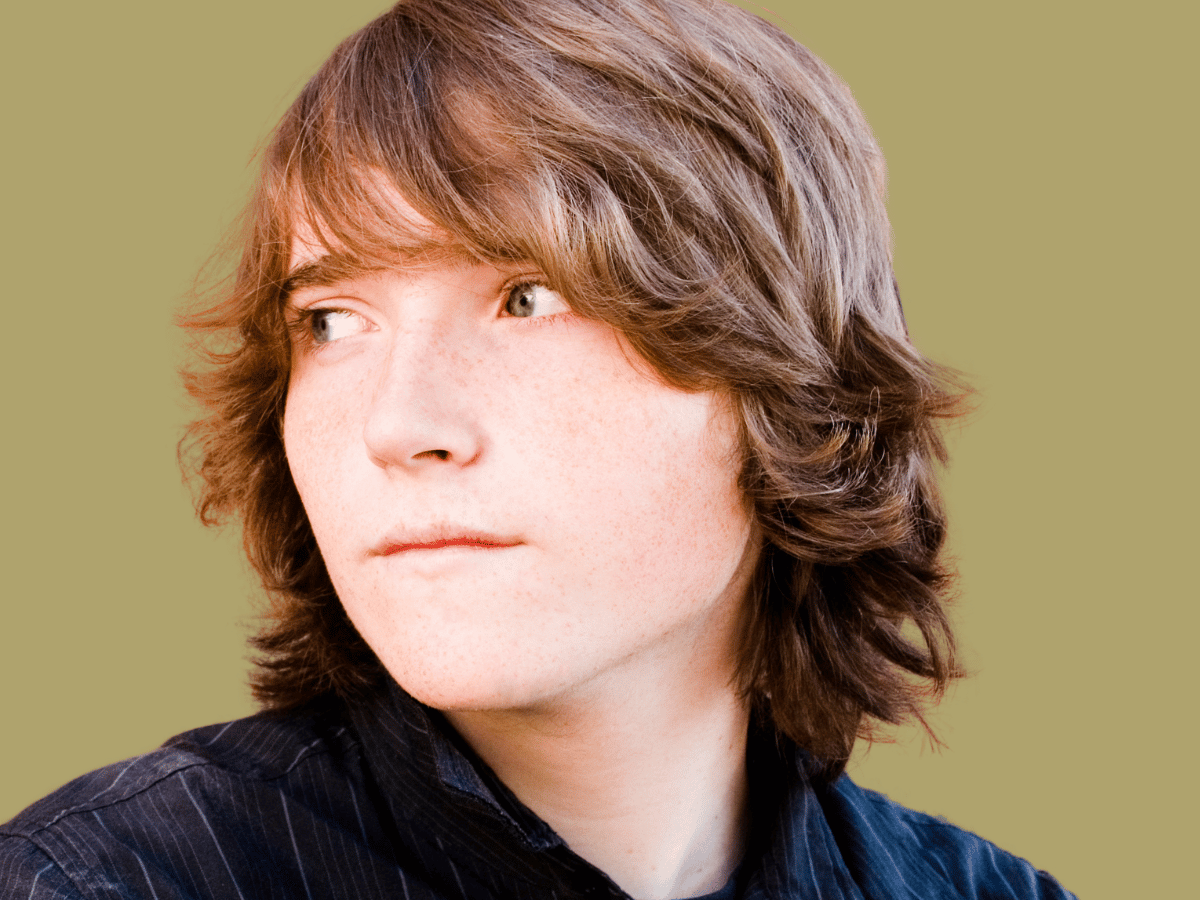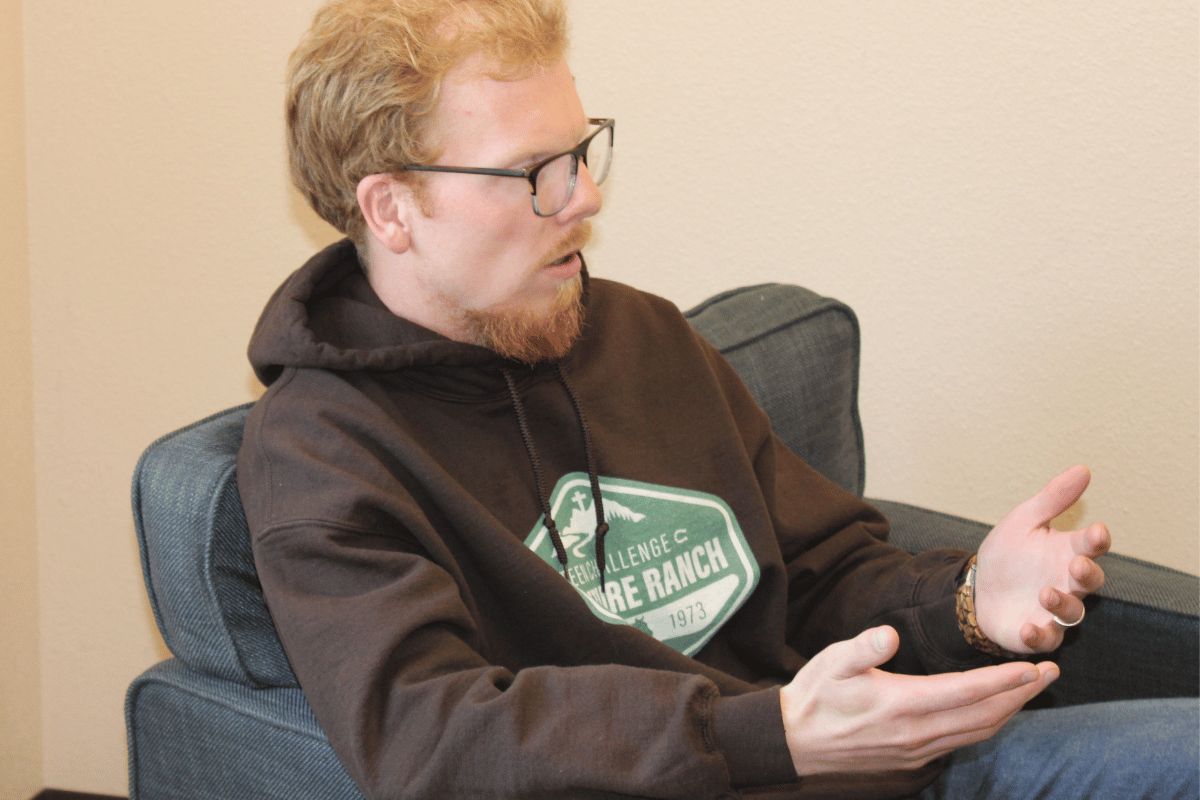Rewiring the Mind: How CBT Helps Teen Boys Navigate Life’s Challenges
Teen boys today face rising levels of anxiety, anger, depression, low self-worth, and risky behavior. According to CDC youth risk survey data, 29% of teen boys report feeling persistently sad or hopeless. This number is up from 21% in 2011.
Similar patterns are seen across many risk factors, including self-harm, suicidal behaviors, and behavioral health disorders, putting future success in adulthood at risk. Cognitive Behavioral Therapy (CBT) offers a proven, practical way to help.
What is Cognitive Behavioral Therapy (CBT)?
Your content goes here. Edit or remove this text inline or in the module Content settings. You can also style every aspect of this content in the module Design settings and even apply custom CSS to this text in the module Advanced settings.

CBT is a structured form of talk therapy that helps teens identify negative thought patterns and replace them with healthier ways of thinking and behaving.
How CBT Helps Teen Boys
Cognitive behavioral therapy provides teens and therapists with a framework to identify unhelpful patterns, process past trauma, and work through challenges unique to that individuals healing journey.
Provides a Practical, Structured Toolset

CBT Teaches Self-Regulation
Cognitive Behavioral Therapy (CBT) helps teen boys develop self-regulation by teaching them how to recognize and interrupt the cycle between thoughts, emotions, and behaviors.
Many teen boys struggle with impulsivity, anger, or withdrawal, often reacting before they’ve had time to reflect. CBT provides practical tools—like thought tracking, reframing, and problem-solving—that help them pause, evaluate situations, and respond more intentionally.
Over time, they learn to identify emotional triggers, manage stress, and choose healthier reactions. This builds resilience and emotional control. Through consistent practice, CBT equips teen boys with lifelong skills to stay grounded, make wise choices, and handle challenges with confidence.
Reframes Harmful, Negative Thought Patterns
What a Typical CBT Session Looks Like

The session will typically begin with a quick review of the teen’s week—any challenges, emotional highs/lows, or homework assignments from the previous session. This helps the therapist track progress and adjust focus.
Then, together, the teen and the therapist agree on 1–2 specific goals for the session (e.g., managing anger while during schoolwork, dealing with anxiety in social settings).
The therapist helps the teen talk through a recent situation and identify the underlying automatic thoughts (often negative or distorted). For example: “Everyone thinks I’m stupid,” or “I’ll never get this right.”
They work together to challenge and reframe those thoughts—asking questions like, “What evidence do you have for that thought?” or “What’s a more realistic way to see this?”
he session may include role-playing, relaxation techniques, problem-solving, or journaling exercises. These tools give the teen practical ways to manage emotions and reactions in real life.
At this point, the therapist will likely assign some sort of “homework,” giving the client an opportunity to practice identifying and reframing harmful thoughts and wrap the session up.
Repeated practice with cognitive behavioral therapy techniques can help clients who get stuck in destructive patterns learn to be more objective in how they think and as a result, more consistent in how they behave.
How We Use CBT at Teen Challenge Adventure Ranch
Cognitive Behavioral Therapy, or CBT, is one of several evidence-based therapeutic techniques employed by our team of onsite licensed therapists to help clients increase self-awareness, process past trauma, and heal to achieve sustainable recovery.
At Teen Challenge Adventure Ranch, we combine evidence-based treatment to address root causes of addiction, behavior, and poor mental health, with a Christ-centered approach to equip teens with a sustainable system of support for long-term recovery.


